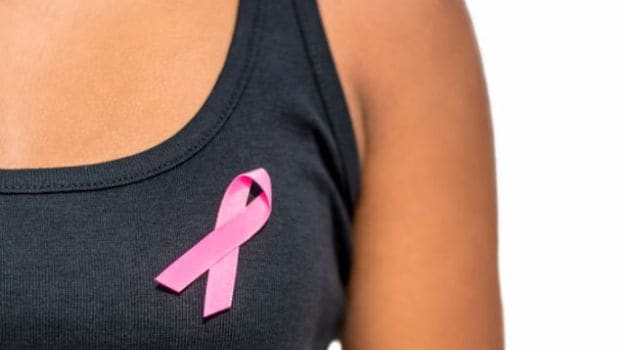Breast cancer starts in the inner lining of milk ducts or the lobules that supply them with milk and if its a malignant tumor it can spread to other parts of the body. Breast cancer that starts off in the lobules is known as lobular carcinoma, while one that develops in the ducts is called ductal carcinoma. The first sign of breast cancer often is a breast lump or an abnormal mammogram. Breast cancer stages range from early, curable breast cancer to metastatic breast cancer. While unhealthy weight gain after menopause may put you at an increased risk of breast cancer, a lot may depends on the the type of fat that makes up fatty breast tissue, says a study conducted by New York University Langone Medical Center.
The researchers found that higher proportion of saturated fatty acids in breast of post menopausal women may particularly increase the risk. Saturated fats comes from animal products like cheese, fatty meats, and dairy desserts and tropical oils like palm oil, according to the US Centres for Disease Control and prevention (CDC).
The results of the study, published online in the journal Radiology, may help researchers determine the underlying mechanisms behind breast cancer development in some patients. The role of fat in breast cancer development and growth has been studied extensively using body mass index (BMI) and dietary fat intake. But the exact mechanism behind the increased risk in postmenopausal women with higher BMI is not fully understood.
One possibility is the increased production of estrogen and/or adipokines, which are cell-signaling proteins secreted by adipose, or fat, tissue, but there have been few studies specifically looking at the role of breast fat in cancer development.
"Using a new method, we were able to directly measure the tissue where breast cancer begins in the hopes of understanding how fatty tissue correlates with cancer," said lead researcher of the study Melanie Freed.
The researchers developed a novel MRI method called gradient-echo spectroscopic imaging that can estimate fractions of different types of fat in breast adipose tissue as a part of clinical breast MRI exam. Eighty-nine patients were included in the final analysis. Each patient's height and weight was measured at the time of the exam and their BMI was calculated.
The results showed that a greater proportion of saturated fatty acids and a lower proportion of monounsaturated fatty acids were present in the breast tissue of postmenopausal women with invasive ductal carcinoma - the most common form of breast cancer - than in postmenopausal women with benign breast tissue.
Inputs from IANS










